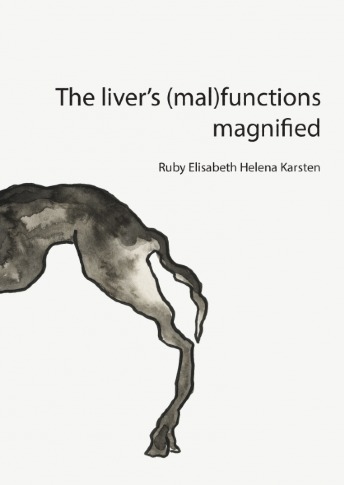PhD defence R.E.H. (Ruby) Karsten
| When: | Tu 26-11-2024 12:45 - 13:45 |
| Where: | Academy Building |

The liver's (mal)functions magnified
Drug-induced cholestasis (DIC) is the impairment of intra- and extra-hepatic bile flow caused by drugs. When chronic, DIC can lead to fibrosis, cirrhosis, and eventually organ failure, necessitating transplantation. Because cholestasis is multifactorial, the underlying mechanisms of DIC are not fully understood. The precision-cut liver slice (PCLS) is an organotypic model consisting of intact liver tissue, incorporating extracellular matrices, multiple cell types, and inherent cellular polarity, making it ideal for investigating complex liver diseases such as DIC.This research elucidated the mechanisms underlying DIC in mouse and human PCLS by studying intracellular bile acid dynamics and the cellular toxicity caused by the cholestatic drugs chlorpromazine and cyclosporin A. Additionally, we integrated PCLS into an organ-on-a-chip device, allowing real-time monitoring of liver tissue oxygen consumption using miniaturized, fiber-optic-based fluorescence sensors. This offers a novel way to assess liver tissue function and drug toxicity.The work presented in this thesis advances our understanding of DIC and aids in improving predictive models that are crucial for safer drug development, while reducing reliance on in vivo animal studies.
